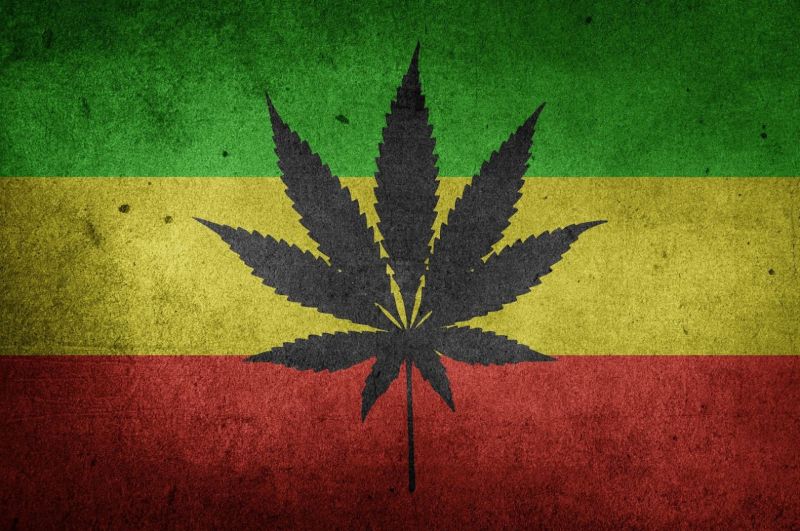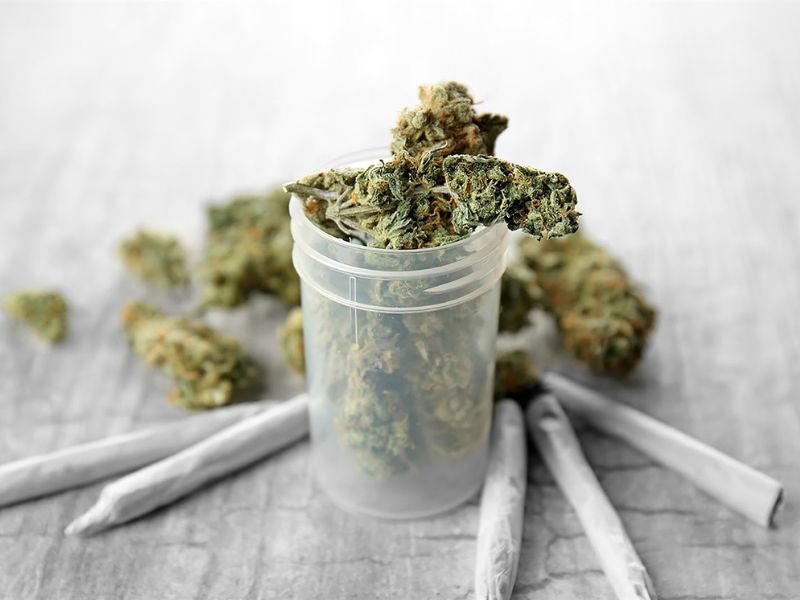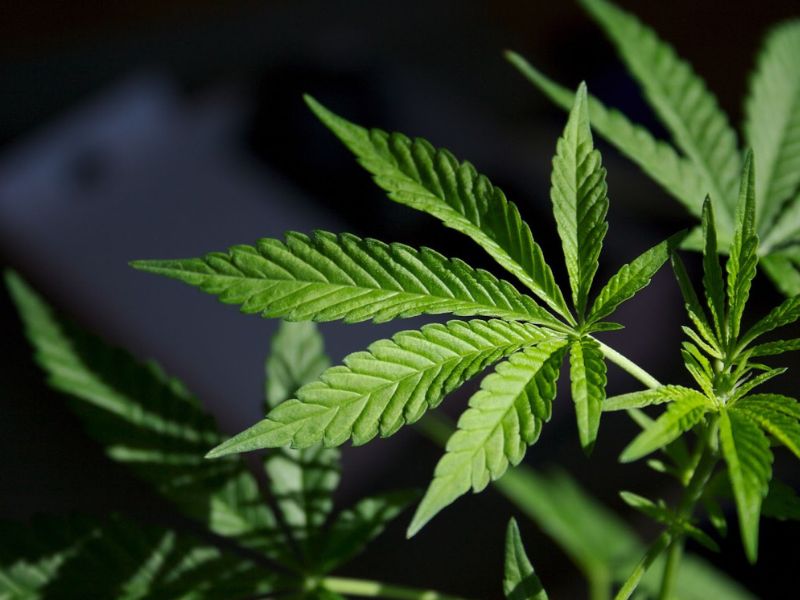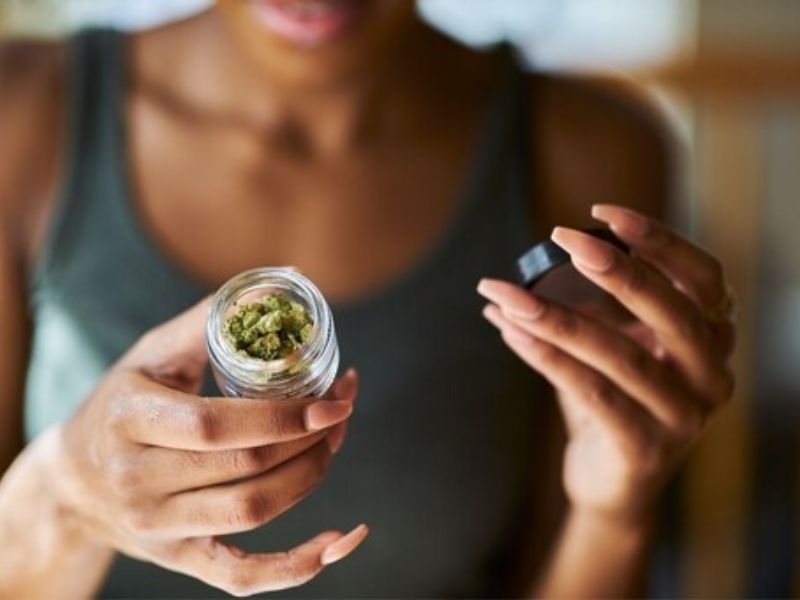
14/07/2022 Cannabis has seeped into new industries, regular use products, and also lifestyle experiences. The evolution of weed has brought this change into lifestyle and habits.
Cannabis is one of East Asia's oldest cultivated plants, grown for grain and fiber and recreational, medical, and traditional uses. It is one of the most commonly used psychoactive drugs today. Still, little is known about its early psychoactive usages or when plants in cultivation evolved the phenotype of increased specialized compound production.
The archaeological evidence for ritualized cannabis consumption is limited and contentious. Cannabis has survived and thrived in many climates over the millions of years since its discovery. For much, it also appears to have been chemically compatible with humans.
Humans have been growing cannabis for tens of thousands of years, but aspects of our biology in recent research suggest that the relationship dates back much further.
One such study was conducted by Dr. Sunil K. Aggarwal, a physician, medical geographer, and AIMS Institute co-founder. He studied the path of natural medicines in various cultures using anthropological and archaeological evidence. He claims that Cannabis is one of the oldest on record, having evolved for tens of millions of years from its tough ancestors in Central Asia (Source) Indeed, the origins of cannabis appear to date back to the formation of the world's tallest mountain range, the Himalayas.
Apart from archaeological and biological evidence, humankind's relationship with cannabis is visible in documentation work on the plant and oral histories dating even further back. "Cannabis's very name belies its long-standing relationship with humanity," Aggarwal wrote in 2013, "as it was pragmatically given the species name 'Sativa' in 1542 by German physician-botanist Leonhart Fuchs, meaning 'cultivated' or 'useful' in Latin."

Source: Microsoft
Cannabis Strains that have Evolved Over Time
Basal Cannabis
It includes natural plants. It also contains cannabis hybrids known as "landraces," which are varieties cultivated in a specific location and have evolved specific adaptations to the environment in which they grow.
Hemp Cannabis
Hemp is a kind of Cannabis sativa that differs from marijuana because it contains less tetrahydrocannabinol (THC), the psychoactive compound. Hemp, unlike other forms of cannabis, is not typically considered a drug; rather, its fibers have traditionally been utilized to weave textiles and other materials.
"Drug" cannabis 1
This category contains wild strains with psychoactive characteristics similar to cannabis varieties found in China, India, and Pakistan.
"Drug" cannabis 2
This category includes various types deliberately cultivated for their psychoactive properties by humans worldwide.
Restrictions around the World
Cannabis has been illegal in various jurisdictions around the world since the Middle Ages. Soudoun Sheikouni, the emir of the Joneima in Arabia, may have been the first to prohibit its use in the 1300s. King Andrianampoinimerina of Madagascar ascended to the throne in 1787 and quickly banned cannabis throughout the Merina Kingdom, imposing capital punishment as the penalty for its use.
As European imperialist powers absorbed or came into touch with cannabis-consuming regions, the cannabis habit spread to new areas under the colonial umbrella, which alarmed authorities. Napoleon prohibited cannabis use among his soldiers following his invasion of Egypt and Syria (1798-1801).
Cannabis was introduced to Brazil in the early 1800s by either Portuguese colonists or enslaved Africans. The Portuguese may have intended to cultivate hemp fiber. Still, the enslaved people they imported from Africa were acquainted with cannabis and used it psychoactive, prompting the Municipal Council of Rio de Janeiro to prohibit bringing cannabis into the city and punish any enslaved person who used it in 1830.
Similarly, the British transporting indentured Indian workers throughout the empire spread long-standing cannabis practices. Concerns about the use of cannabis by laborers led to a ban in British Mauritius in 1840, and the use of ganja by Indian laborers led to its prohibition in British Singapore in 1870.

Source: Harvard Health
The Coolie Law Consolidation of 1870 prohibited "the smoking, use, or possession by, and the sale, barter, or gift to, any Coolies [Indian indentured workers] whatsoever, of any portion of the hemp plant (Cannabis sativa")..."
Several countries in the Islamic world and its periphery banned cannabis in the late 1800s, with Egypt's Khedivate prohibiting the importation of cannabis in 1879, Morocco strictly restricting cannabis cultivation and trade (while allowing several Rif tribes to continue producing) in 1890, and Greece outlawing hashish in 1890.
More countries continued to prohibit cannabis at the turn of the twentieth century. The first restrictions on the sale of cannabis in the United States were imposed in 1906. (in the District of Columbia). The Ganja Law of Jamaica (then a British colony) outlawed it in 1913, South Africa in 1922, and the United Kingdom and New Zealand in the 1920s. Before any reports of cannabis use in Canada, Canada criminalized cannabis in The Opium and Narcotic Drug Act of 1923.

Source: News18
The Modern Marijuana Lifestyle
A considerable number of US states have legalized medical marijuana, and eight states have legalized recreational use since November of last year. Many savvy entrepreneurs and financiers are getting in on the green in anticipation of the legalization wave. And it appears that their bets will pay off—analysts predict that the marijuana industry will grow from $13 billion to $20 billion in the next five years and reach $50 billion by 2026.
"Cannabusiness" is no longer confined to those who can afford to gamble with fire. In states where marijuana is legal, the stigma associated with the plant is fading as cannabis quickly becomes a part of the modern-day millennial lifestyle. Pot is hot, and big and small brands don't want to miss out.
People like Bill Wallis have built an entire brand around their love of smoking marijuana through social media. Wallis not only writes for The Smokers Club, a lifestyle brand based in New York, but she is also a co-writer on the animated comedy series Buds. His marijuana career began when he began "dabs (a method of smoking that allows high levels of THC consumption) to classical tunes, posting my stand-up comedy clips about cannabis, and of course smoking and dabbing through various foods."
Even as society shifts toward more liberal attitudes toward cannabis legalization and moderate use, there will always be an ethical debate about drug marketing on social media. There appears to be a significant gap between older generations' attitudes toward smoking and the philosophies of younger generations, who are likely to support Ward's ideology that "smoking a zoot [marijuana cigarette] never causes harm." It could be because information about the effects of cannabis is more readily available, allowing the youth to be more educated on the subject than previous generations.
The ever-changing future of technology impacts all aspects of modern life, both positively and negatively. With the advancement of technology and the use of social media marketing accelerating since the pandemic, the ongoing debate over drugs and social media will evolve. It is because people discover new ways to market cannabis products appropriately online, ensuring they are spreading accurate info without being shadow banned.
Article by Ananya Bhattacharjee, Beverage Trade Network
TAGS:






